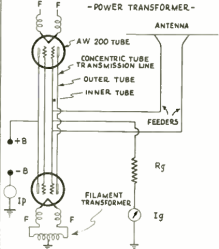It is hard to imagine that for thousands of years, the Great Pyramid of Giza was the tallest manmade structure in the world. However, like the Lincoln Cathedral and the Washington Monument, which also held that title, these don’t count as skyscrapers because they didn’t provide living or working space to people. But aside from providing living, retail, or office space, skyscrapers also share a common feature that explains why they are even possible: steel frame construction.
Have you ever wondered why pyramids appear in so many ancient civilizations? The answer is engineering. You build something. Then, you build something on top of it. Then you repeat. It just makes sense. But each upper layer adds weight to all the lower layers, so you must keep getting smaller. Building a 381-meter skyscraper like the Empire State Building using self-supporting walls would mean the ground floor walls would be massive. Steel lets you get around this.
In Antiquity
You might think of high-rise buildings as a modern thing, but that’s actually not true. People seem to have built up to the best of their abilities for a very long time. Some Roman structures were as high as ten stories. Romans built so high that Augustus even tried to limit building height to 25 meters — probably after some accidents. In the 12th century, Bologna had as many as 100 towers, one nearly 100 meters tall.
There are many other examples, including mudbrick structures rising 30 meters in Yemen and 11th-century Egyptian structures rising 14 stories. In some cases, building up was due to the cost or availability of property. In others, it was to stay inside a defensive wall. But whatever the reason, self-supporting walls can only go so high before they are impractical.
So steel and iron frames grabbed the public’s attention with things like Joseph Paxton’s Crystal Palace in 1851, and Gustav Eiffel’s Tower in 1887.
Continue reading “Tech In Plain Sight: Skyscrapers” →


















